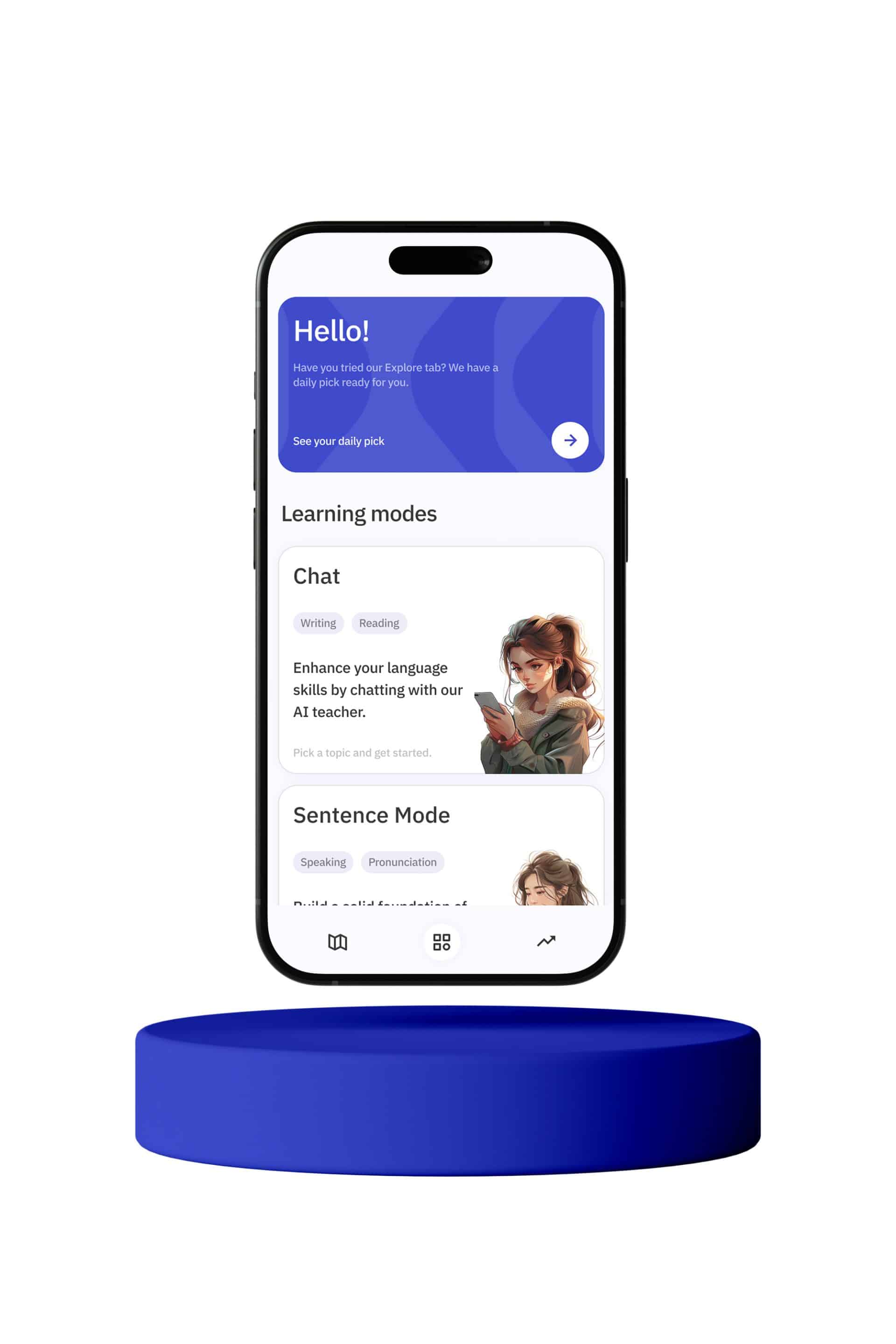Learning a new language can be a challenging yet rewarding experience. One of the nuances that English speakers often grapple with when learning languages like Turkish, Hungarian, or even Japanese, is understanding the usage of the particles “i” and “ki.” These particles can significantly alter the meaning of a sentence and are essential for accurate communication. This article delves into the intricate uses of “i” and “ki,” providing you with a comprehensive understanding to bolster your language learning journey.
The Particle “i”
The particle “i” appears in various languages, including Turkish, Hungarian, and Japanese, and serves different functions depending on the context. Below, we will explore its usage in these languages.
Turkish: The Direct Object Marker
In Turkish, “i” (often seen as “-ı, -i, -u, -ü” due to vowel harmony) is primarily used as a direct object marker. The direct object is the noun that receives the action of the verb. Here’s a closer look at how it works:
1. **Vowel Harmony**: Turkish language follows vowel harmony rules, meaning the suffix changes based on the vowels in the root word. For example:
– “Kitap” (book) becomes “Kitabı” (the book) when it is the object.
– “Köpek” (dog) becomes “Köpeği” (the dog).
2. **Usage in Sentences**:
– “Ali kitabı okuyor.” (Ali is reading the book.)
– “Ayşe köpeği seviyor.” (Ayşe loves the dog.)
In both examples, the direct object (the book, the dog) is marked by the appropriate form of “i.” This marker tells us what the action is being performed on, making the sentence clear and precise.
Hungarian: The Definite Article
In Hungarian, “i” does not stand alone but is part of the definite article system. The definite article in Hungarian is “a” or “az,” depending on whether the following word starts with a consonant or a vowel. The use of “i” is seen in object marking and conjugation.
1. **Object Marking**: Similar to Turkish, the direct object can be marked in Hungarian.
– “Látom a házat.” (I see the house.)
– “Olvasom a könyvet.” (I read the book.)
2. **Verb Conjugation**: Hungarian verbs conjugate differently when referring to definite objects, often incorporating “i” in the conjugation.
– “Látok” (I see) vs. “Látom” (I see it/the).
– “Olvasok” (I read) vs. “Olvasom” (I read it/the).
Here, the presence of “i” in the verb form indicates that the action is being performed on a specific, definite object, as opposed to an indefinite one.
Japanese: The Subject Marker
In Japanese, “i” does not appear as a particle on its own but is part of various conjugations and grammatical structures. However, understanding particles like “が” (ga) and “を” (wo) is crucial, as they serve functions similar to “i” in other languages.
1. **Subject Marker**: “が” (ga) is used to mark the subject of a sentence.
– “私が行きます。” (I will go.)
– “彼が来ます。” (He will come.)
2. **Direct Object Marker**: “を” (wo) is used to mark the direct object.
– “本を読みます。” (I read a book.)
– “映画を見ます。” (I watch a movie.)
While “i” as a standalone particle is not present in Japanese, understanding these markers is crucial for grasping the role similar to “i” in other languages.
The Particle “ki”
The particle “ki” is another versatile element that appears in various languages with different functions. Let’s explore its use in Turkish, Hungarian, and Japanese.
Turkish: The Relative Clause Marker
In Turkish, “ki” is used to form relative clauses, which are essential for adding extra information about a noun. It can be roughly translated to “that” or “which” in English.
1. **Relative Clauses**:
– “Bu, benim aldığım kitap.” (This is the book that I bought.)
– “O, dün gördüğüm adam.” (He is the man whom I saw yesterday.)
2. **Connecting Clauses**: “ki” can also connect clauses, adding more information or context.
– “Biliyorum ki sen haklısın.” (I know that you are right.)
– “Duydum ki o gelmiş.” (I heard that he came.)
In both cases, “ki” serves to provide additional details, making sentences richer and more informative.
Hungarian: The Conjunction “that”
In Hungarian, “ki” does not appear as a particle but as a word that means “who” or “that” in certain contexts. It is used in relative clauses and questions.
1. **Relative Clauses**:
– “Az ember, aki itt él.” (The man who lives here.)
– “A könyv, amit olvasok.” (The book that I am reading.)
2. **Questions**:
– “Ki az?” (Who is it?)
– “Ki jön?” (Who is coming?)
While it is not a particle, understanding “ki” in these contexts helps in forming complex sentences and asking questions effectively.
Japanese: The Particle “ki” and Its Usage
In Japanese, “ki” is not a common particle like “i” or “ga,” but it appears in various words and expressions, often related to the spirit or mind.
1. **Expressions with “ki”**:
– “気持ち” (kimochi) – feeling, mood.
– “気をつけて” (ki wo tsukete) – be careful.
2. **Idiomatic Uses**:
– “元気” (genki) – healthy, energetic.
– “気がする” (ki ga suru) – to feel like, to have a feeling.
Though not a standalone particle, “ki” in these expressions reflects a range of emotional and mental states, adding depth to the language.
Practical Tips for Mastering “i” and “ki”
Now that we’ve explored the various uses of “i” and “ki” in different languages, let’s look at some practical tips to help you master these particles.
Immerse Yourself in the Language
One of the most effective ways to understand and use “i” and “ki” correctly is to immerse yourself in the language. Listen to native speakers, watch movies, and read books or articles. Pay close attention to how these particles are used in different contexts.
Practice with Native Speakers
Engage in conversations with native speakers. Practicing with someone who is fluent can provide immediate feedback and help you understand the nuances of using “i” and “ki.” Language exchange programs or online language learning communities can be excellent resources for finding conversation partners.
Use Language Learning Apps
There are several language learning apps that can help you practice these particles through interactive exercises and quizzes. Apps like Duolingo, Babbel, and Memrise offer structured lessons that include grammar and usage of particles like “i” and “ki.”
Create Flashcards
Flashcards can be a helpful tool for memorizing the different forms and uses of “i” and “ki.” Write down sentences or phrases using these particles and review them regularly to reinforce your understanding.
Study Grammar Guides
Invest in a good grammar guide for the language you are learning. Understanding the grammatical rules and structures will provide a solid foundation for using “i” and “ki” correctly. These guides often include exercises and examples that can aid in your practice.
Be Patient and Persistent
Learning to use “i” and “ki” correctly takes time and practice. Be patient with yourself and persist in your efforts. Over time, with consistent practice, you will become more comfortable and confident in using these particles.
Common Mistakes and How to Avoid Them
Understanding the common mistakes learners make when using “i” and “ki” can help you avoid them and improve your language skills more effectively.
Confusing Vowel Harmony in Turkish
A common mistake in Turkish is neglecting vowel harmony when using the direct object marker “i.” Always remember to match the suffix with the vowels in the root word. For example, “kitap” becomes “kitabı,” not “kitapı.”
Incorrect Verb Conjugation in Hungarian
In Hungarian, learners often forget to use the definite conjugation when the object is specific. Always use the appropriate verb form based on whether the object is definite or indefinite. For example, “látom” (I see it) vs. “látok” (I see).
Misplacing Particles in Japanese
In Japanese, using the wrong particle can change the meaning of a sentence. Practice using “が” (ga) for subjects and “を” (wo) for direct objects to ensure clarity and accuracy in your sentences.
Conclusion
Mastering the particles “i” and “ki” is crucial for language learners aiming for fluency and accuracy. By understanding their various uses in languages like Turkish, Hungarian, and Japanese, you can enhance your communication skills and deepen your comprehension. Remember to immerse yourself in the language, practice regularly, and be patient with your progress. With time and effort, you will find yourself using “i” and “ki” with confidence and precision.








